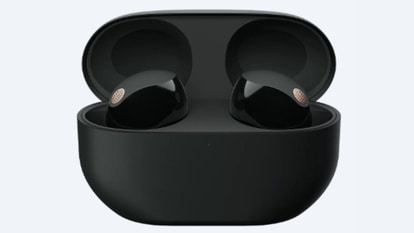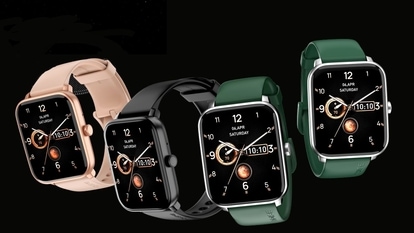A brush no particles can escape
US researchers claim to have invented a brush that can clean very small surfaces, even capillaries thinner than human hair.
US researchers claim to have invented a brush that can clean very small surfaces, even capillaries thinner than human hair.
Pulickel Ajayan from the Rensselaer Polytechnic Institute in Troy, New York who claims to have developed the brush along with Anyuan Cao at Rensselaer, in collaboration with colleagues at the University of Hawaii in Honolulu, US, says that the brush is constituted out of millions of carbon nanotubes, capable of painting even the inside of capillaries thinner than a human hair.
Ajayan says that carbon nanotubes, besides being small, is 30 times stronger than steel, and yet five times less dense than it, making it highly elastic, heat resistant, and providing it with large surface areas to conduct electricity as well.
These qualities, says Ajayan makes these brush ideal for contact brushes used in electric motors, reports Newscientist. Traditional brush bristles on the other hand use animal hairs,
synthetic polymer fibres and metal wires. While metals corrode and weaken, animal hair breaks and synthetic fibres melt.
Ajayan's brush consists of a silicon carbide fibre base with carbon nanotubes grown on them in a single row of bristles, the similar way like a toothbrush. One end of the base is coated with gold, which acts like a 'handle' and also inhibits nanotube growth at that end.
Ajayan who tested his brush to check its effectiveness says that the brush has successfully swept particles measuring only 50 nanometres in diameter off a plain surface, and in another case off another surface pitted with microscopic grooves.
It has also cleaned and painted the inside of a 300-micrometre wide capillary tube, Ajayan said, adding that the brushes' ability to clean small particles is extremely good.
'Perhaps the cleaning occurs by electrostatic interactions, and since the surface area of the nanostructures is large, the cleaning is possibly more effective,' Ajayan was quoted as saying, adding that now he would try to use the brush for more specific microelectronic and biomedical applications.
Catch all the Latest Tech News, Mobile News, Laptop News, Gaming news, Wearables News , How To News, also keep up with us on Whatsapp channel,Twitter, Facebook, Google News, and Instagram. For our latest videos, subscribe to our YouTube channel.

























